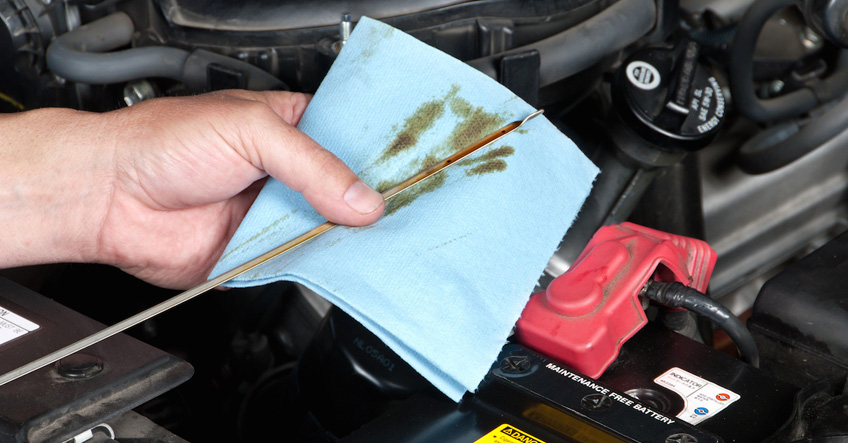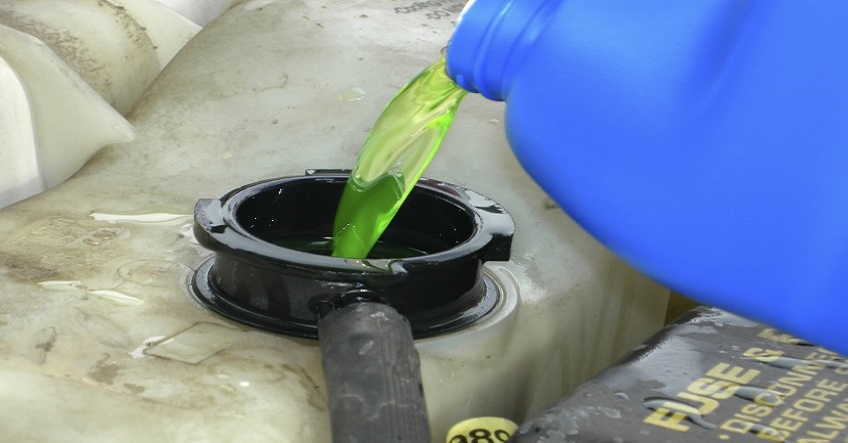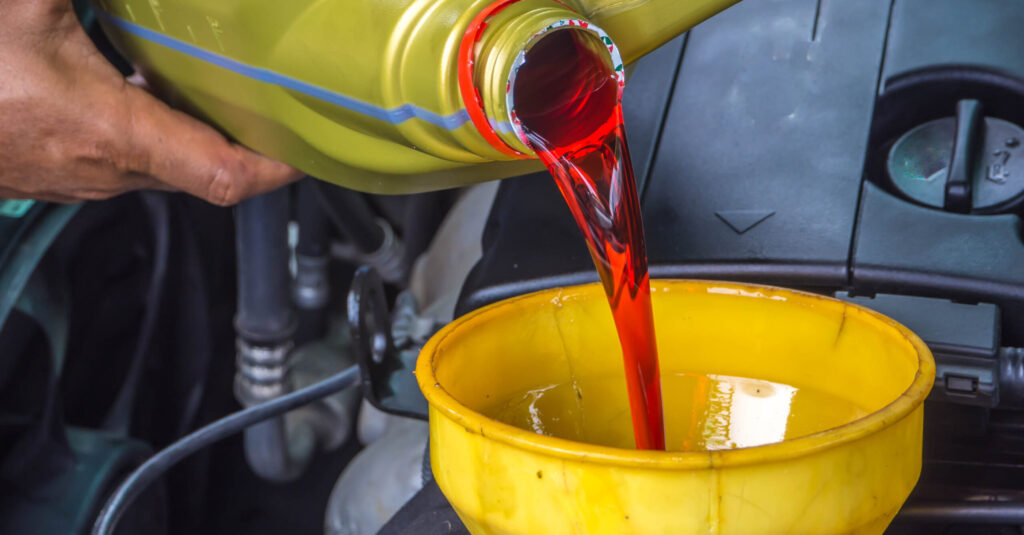Fluid Level Checkup!
19th Sep 2019
Fluid Level Checkup
2021 Aug 30th
- Difficulty: Easy
- Duration: 15 minutes
- How often: Once a month
There’s more than just one fluid level you need to check to ensure your vehicle stays drivable and reliable. You deal with some fluids once a week, and others a few times a year. There may be still others you don’t even know about!
Thanks to advances in automotive technology, manufacturing methods, and fluid technology, today’s cars last longer than ever. The average Canadian car is nearly 10 years old! So, if your vehicle is over three years old, consider checking these fluid levels before your next trip.

MOTOR OIL
Motor oil is an essential fluid level you should regularly check! Automakers typically recommend an oil change every 5,000, 8,000, or 15,000 kilometers, depending on the car’s year, make, and model. Synthetic oil tends to last longer than conventional oil, but all engine oil additives wear out, evaporate, and burn off. The remaining oil also heats up and oxidizes, leaving sludge and other harmful deposits.
Check out our oil change and oil filter replacement guide to find out when and how to do an oil change on your vehicle!

BRAKE FLUID
Your brake system has a brake fluid level you can check to determine whether you have enough brake fluid. Brake fluid absorbs and retains water and prevents dangerous brake failure, but it eventually becomes saturated. Water also accelerates corrosion within your braking system—and Canadian cars already face corrosion from road salt and traction sand. It is usually recommended that you replace your brake fluid every three years or 50,000 kilometers, or whenever you have the brakes replaced or serviced.
Check out our article on how to check your brakes to ensure that your car stops properly!

COOLANT / ANTIFREEZE
Another fluid level you should check is your engine coolant (also called antifreeze). This blend of water, alcohol, and additives lowers your engine temperature, lubricates the water pump, maintains seals, and prevents corrosion. As additives dissolve, your engine coolant can become acidic and accelerate corrosion from within the engine, heater core, and radiator. Many long-life coolant blends are replaced around 150,000 kilometers, then every 75,000 kilometers.
We have an article that explains how to drain, flush, and refill your antifreeze!

TRANSMISSION FLUID
A fluid level people often forget about is transmission fluid. This is because automatic transmissions and automatic transmission fluid (ATF) technology have advanced significantly. Some automakers specify that the automatic transmission fluid is good for the lifetime of the vehicle. Given the 10‑year or 240,000‑kilometre lifespan of a Canadian car under normal driving conditions, changing the automatic transmission fluid is a good idea.
Automatic transmission fluid is distinctly different from transmission fluid made for manual transmissions! Unlike ATF, manual transmission fluid has anti-wear and load-carrying characteristics to ensure long synchronizer life and gear protection.

POWER STEERING FLUID
Power steering fluid (PSF) is another automotive fluid level that is often overlooked. Your vehicle may not even be equipped with a hydraulic power steering system, as many vehicles now have electric power steering. A fluid change interval may not be specified. If the fluid looks or smells burnt, flush it out with fresh power steering fluid. This is usually necessary after three years or 50,000 kilometers.

When it comes to automotive fluid change intervals, check your car’s specific year, make, and model in the owner’s manual and adjust for driving conditions. Remember, maintenance is always more convenient and less expensive than repair or replacement.

